Solution 1: With unary operator
VHDL-2008 defines unary operators, like these:
outp <= and "11011";
outp <= xor "11011";
outp <= and inp; --this would be your case
However, they might not be supported yet by your compiler.
Solution 2: With pure combinational (and traditional) code
Because in concurrent code you cannot assign a value to a signal more than once, your can create a temp signal with an "extra" dimension. In your case, the output is one-bit, so the temp signal should be a 1D array, as shown below.
-------------------------------------------
entity unary_AND IS
generic (N: positive := 8); --array size
port (
inp: in bit_vector(N-1 downto 0);
outp: out bit);
end entity;
-------------------------------------------
architecture unary_AND of unary_AND is
signal temp: bit_vector(N-1 downto 0);
begin
temp(0) <= inp(0);
gen: for i in 1 to N-1 generate
temp(i) <= temp(i-1) and inp(i);
end generate;
outp <= temp(N-1);
end architecture;
-------------------------------------------
The inferred circuit is shown in the figure below.

Solution 3: With sequential code
This is simpler than solution 2, though you are now using sequential code to solve a purely combinational problem (but the hardware will be the same). You can either write a code similar to that in solution 2, but with a process and loop (the latter, in place of generate) or using a function. Because in sequential code you are allowed to assign a value to a signal more than once, the temp signal of solution 2 is not needed here.
